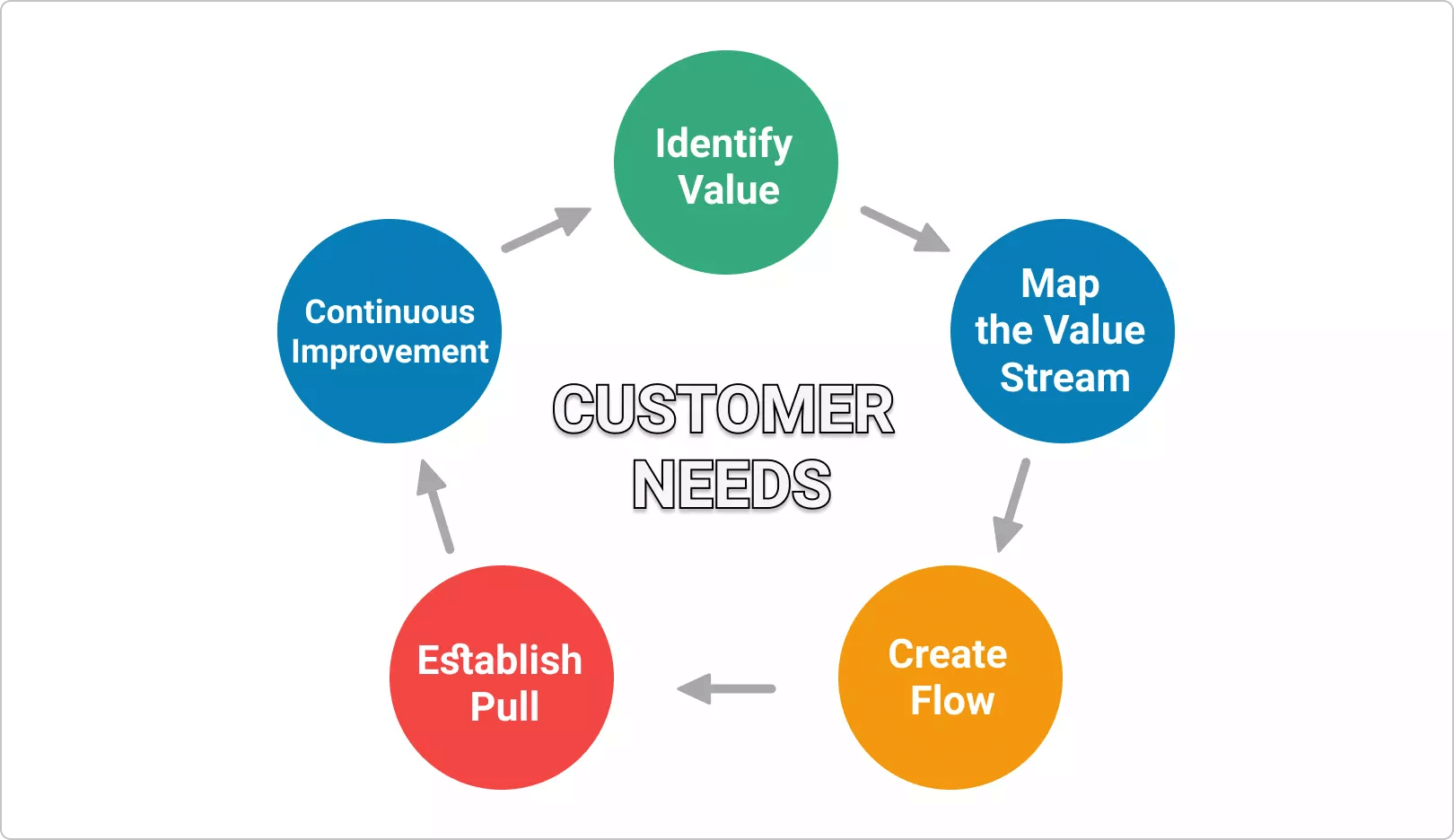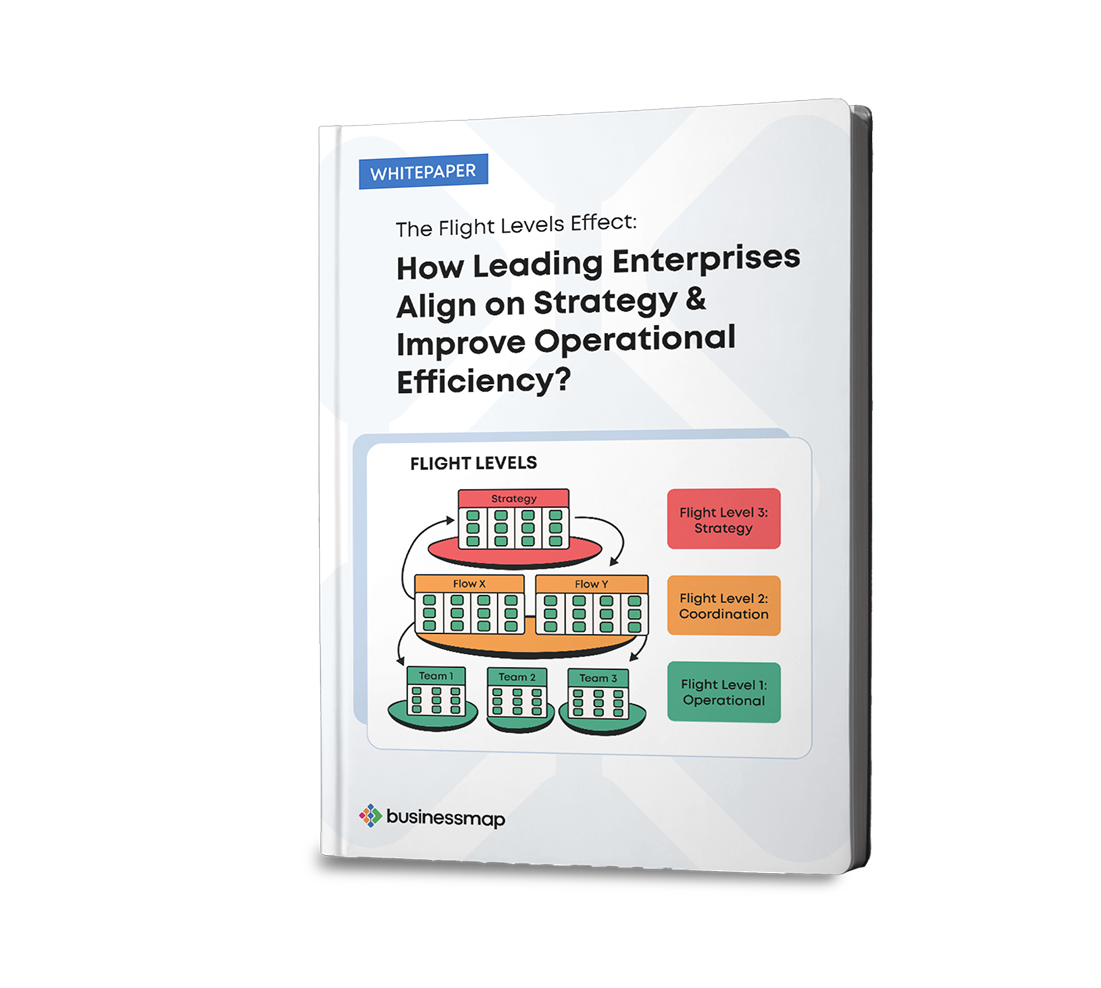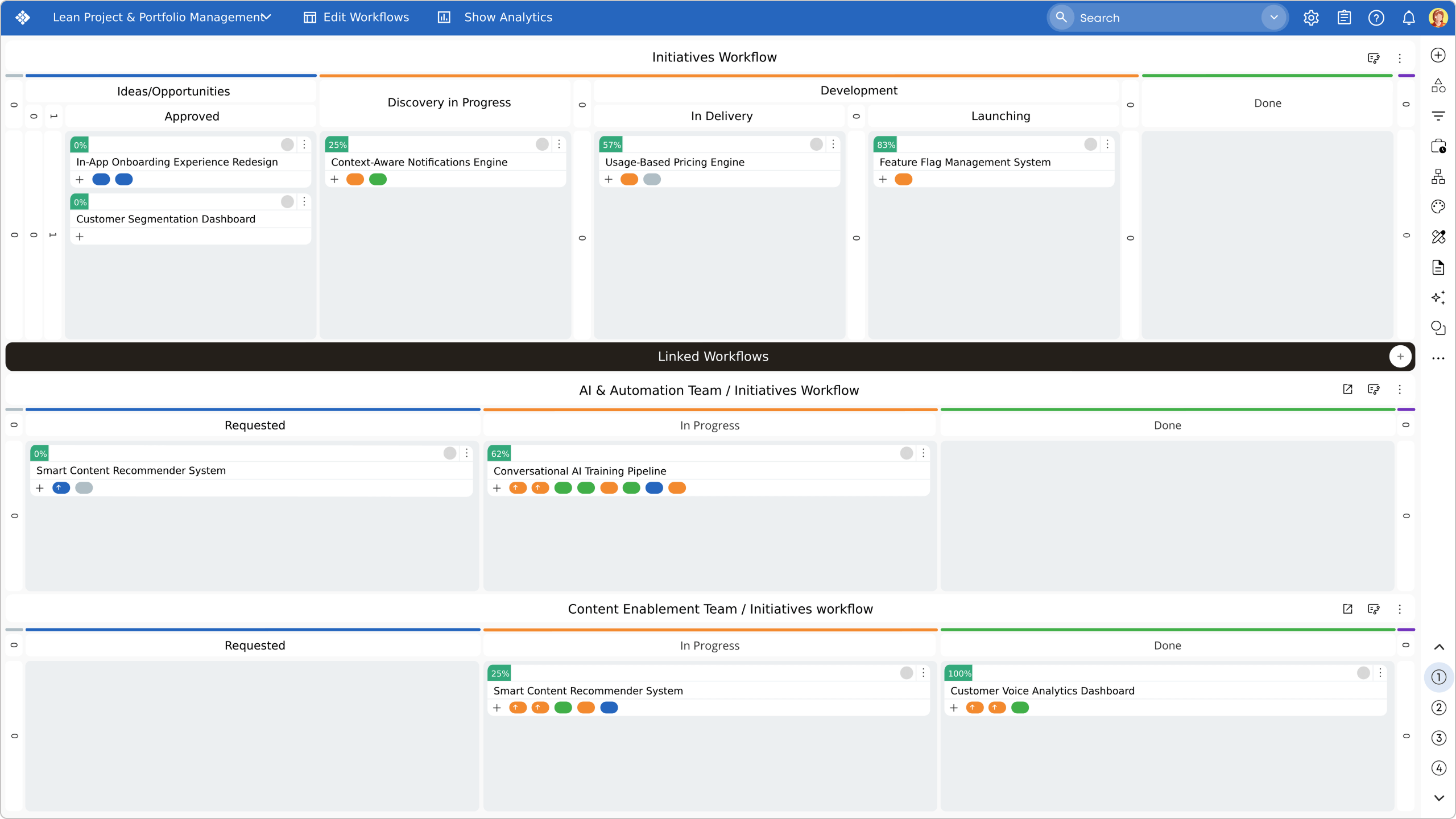Key Takeaways
- What is Lean project management? A customer-focused approach to managing projects by cutting waste and continuously improving processes.
- Lean focuses on flow and value instead of rigid phases.
- 5 Lean principles: Identify value, map the value stream, create flow, establish pull, and pursue perfection.
- Tools help implement Lean PM: Kanban, PDCA cycle, Gemba walks, and visual management.
What Is Lean Project Management?
Lean project management is an approach that applies Lean principles - originally developed in manufacturing - to optimize project execution. It aims to deliver maximum value to the customer while minimizing waste and continually improving.
Rather than progressing in rigid, sequential phases, Lean PM focuses on workflow efficiency, customer feedback, and adaptability.
What Are the 5 Principles of Lean Project Management?
1. Identify Value from the Customer's Perspective
Lean begins with understanding what your customer truly values. That means digging into their actual problems - not just their initial requests - and ensuring your project directly addresses those pain points.
Unlike traditional PM, where success is measured by scope or budget adherence, Lean success is defined by value delivered. Maintaining open communication helps clarify fuzzy requirements and minimizes misalignment.
2. Map the Value Stream
Instead of jumping into task planning, Lean project managers map the value stream - the entire process from idea to delivery. This helps expose inefficiencies, duplications, or delays.
At Businessmap, our team practices value stream mapping daily to ensure that every initiative aligns with strategic goals and flows efficiently through each delivery stage. We rely on Kanban boards to visualize the flow of work, making it easier to identify where value is added and where it is lost. This level of visibility has become essential to our operational excellence and our ability to optimize performance continually.
3. Create Continuous Workflow
Workflow stability is key. You can't deliver value efficiently if bottlenecks, excessive waiting, or miscommunication block your process.
Utilize techniques such as bottleneck analysis and eliminate the seven wastes of Lean: inventory, waiting, defects, overproduction, motion, transportation, and overprocessing. This transforms your project into a predictable system that supports faster delivery.
4. Establish a Pull System
In a pull system, work starts only when there is actual demand and available capacity. This avoids overloading your team and prevents starting tasks that don't create immediate value.
Introducing WIP limits helps you manage capacity and reduce multitasking. At Businessmap, we operate with WIP limits, allowing members to focus on finishing tasks before taking on new ones. This helps prevent multitasking, reduces stress, and improves quality. By pulling work based on team capacity, we maintain momentum without burnout, key to sustaining long-term productivity and customer satisfaction.
5. Pursue Continuous Improvement
Lean PM isn't a one-time adjustment. It's a mindset of ongoing optimization. Utilize regular retrospectives, process audits, and team feedback to identify new areas for improvement.
This continuous improvement loop transforms your team into a learning system that grows with every project.

Flight Levels in Action: Use Cases & Guide
How Enterprises Align on Strategy with Flight Levels

How to Implement Lean Project Management
Start small and iterate:
- Map your current process using a Kanban board.
- Define what "value" means for your customer.
- Identify and eliminate waste activities.
- Set WIP limits and establish pull.
- Run retrospectives regularly.
Train your team in Lean thinking and engage them in daily improvements.
What Tools Help Support Lean Project Management?
- Kanban Boards: Visualize work, expose bottlenecks, and track progress.
- PDCA Cycle: Plan-Do-Check-Act loops for testing and improving processes.
- Gemba Walks: Observe work in action to identify problems early.
- Flow Metrics: Use throughput, lead time, and cycle time to monitor efficiency.
Lean digital software, such as Businessmap, offer end-to-end visibility, workflow automation, and alignment from strategic goals to team execution.
 Visualizing Lean project and portfolio management board in Businessmap
Visualizing Lean project and portfolio management board in Businessmap
How to Measure Lean Project Success
Lean PM isn't just about hitting deadlines. Key performance indicators include:
- Cycle Time: How long it takes to complete a task
- Throughput: How many tasks are completed per period
- Lead Time: Total time from request to delivery
- Customer Satisfaction: Direct feedback and NPS scores
- Waste Reduction: Fewer delays, defects, or excess effort
Improving these flow metrics reflects healthier workflows and greater value delivery.
Lean in Action: How BASF Transformed Operations with Businessmap
BASF's chemical plant in Catalonia replaced paper-based workflows with Businessmap, applying Lean principles to streamline planning and logistics. The company faced significant challenges due to outdated, manual planning and logistics systems - physical boards, printed documents, and fragmented communication, which created inefficiencies and delays. The shift enabled real-time task tracking, SAP integration, and automated workflows.
Here's What Happened:
- Value Stream Visualization: Physical Heijunka boards were replaced with digital Kanban boards, allowing real-time task tracking across production and logistics.
- Pull System in Action: Orders were fed into Businessmap through API integrations, and teams prioritized tasks based on capacity using pull principles - dramatically reducing bottlenecks.
- Workflow Automation: Recurring production activities, such as heating, bottling, and mixing, were templated for automatic card creation, thereby reducing administrative overhead.
- SAP Integration: Production schedules were pulled directly from SAP and visualized in Businessmap, keeping operations synchronized and agile.
- Real-Time Dashboards: Custom dashboards allowed teams to track KPIs like delays and throughput at every shift change.
Results:
- 100% elimination of manual paperwork
- 20% reduction in admin overhead
- Faster decisions with live dashboards
By combining Lean thinking with digital tools, BASF improved efficiency, visibility, and team collaboration, proving how Lean project management delivers real, scalable impact.
»» Read the full BASF case study
How to Build a Lean Portfolio
To scale Lean thinking across multiple projects and initiatives, organizations are turning to Lean Portfolio Management (LPM). LPM aligns strategic objectives with execution and maximizes the flow of value.
Here’s how to get started:
- Set Clear Strategic Objectives: Define strategic themes that guide investment and prioritization.
- Adopt Lean Governance: Promote decentralized decision-making and accountability.
- Think in Value Streams: Organize work around value delivery rather than siloed projects.
- Use Agile and Lean Methods: Leverage tools like Kanban for flexible execution.
- Measure Outcomes, Not Just Output: Track OKRs and flow metrics to assess real impact.
This approach fosters business agility, improves resource utilization, and encourages innovation.
Why Lean Project Management Works
By focusing on customer value, eliminating waste, and continuously improving, Lean project management enables teams to achieve more with less. It breaks the mold of rigid planning, embracing flexibility, transparency, and improved performance.
Whether you're starting with a Kanban board, exploring value stream mapping, or integrating Gemba walks, Lean tools will help your projects flow better and finish stronger.
Businessmap is the most flexible software
to align work with company goals





